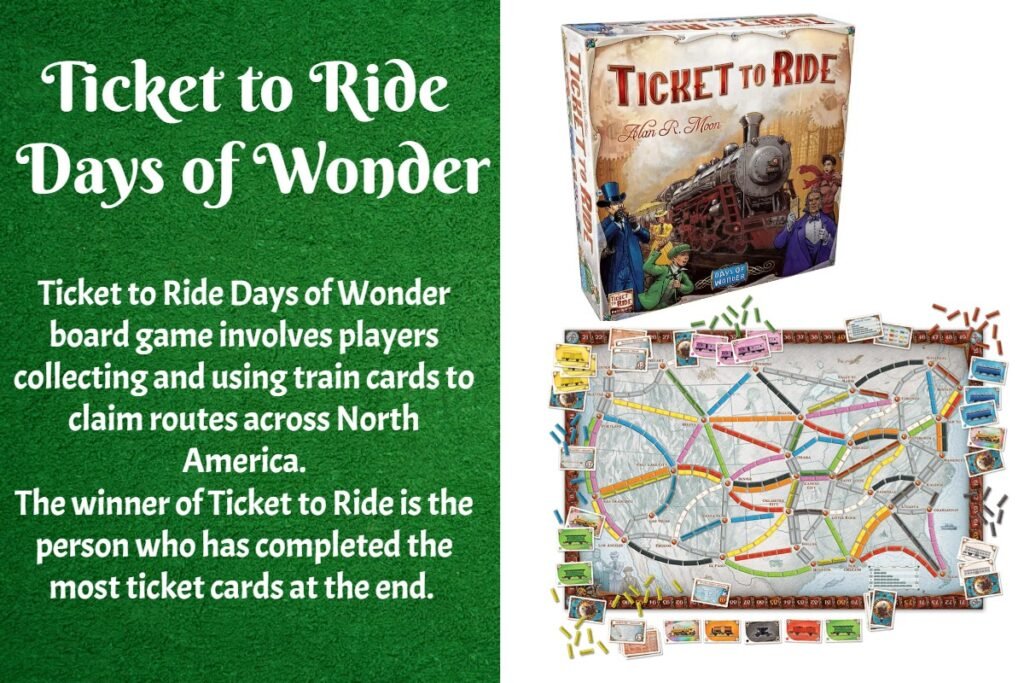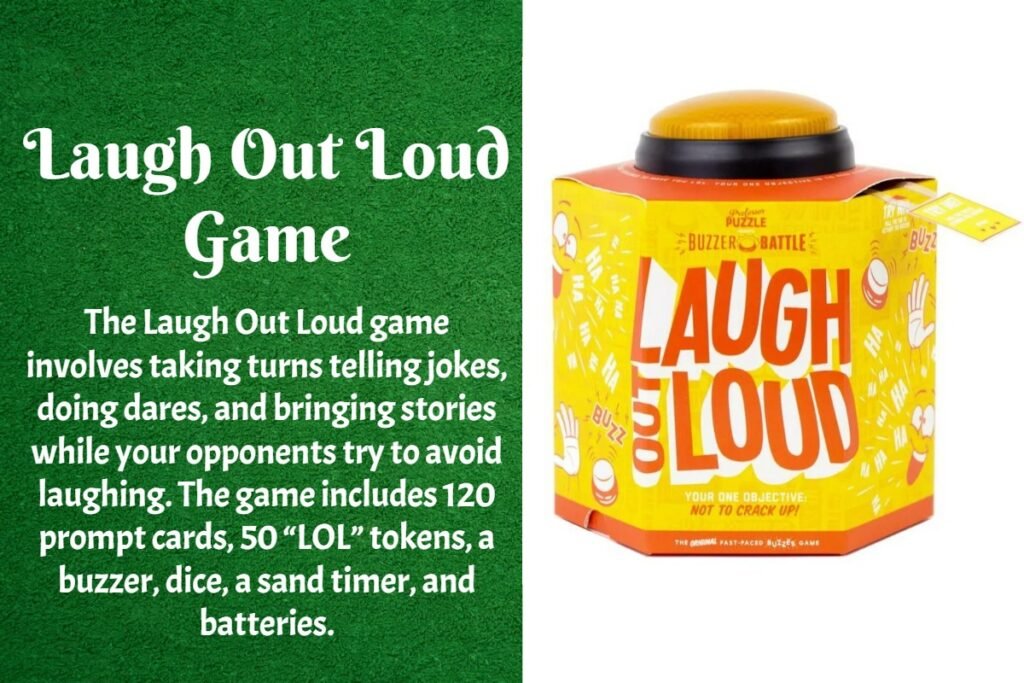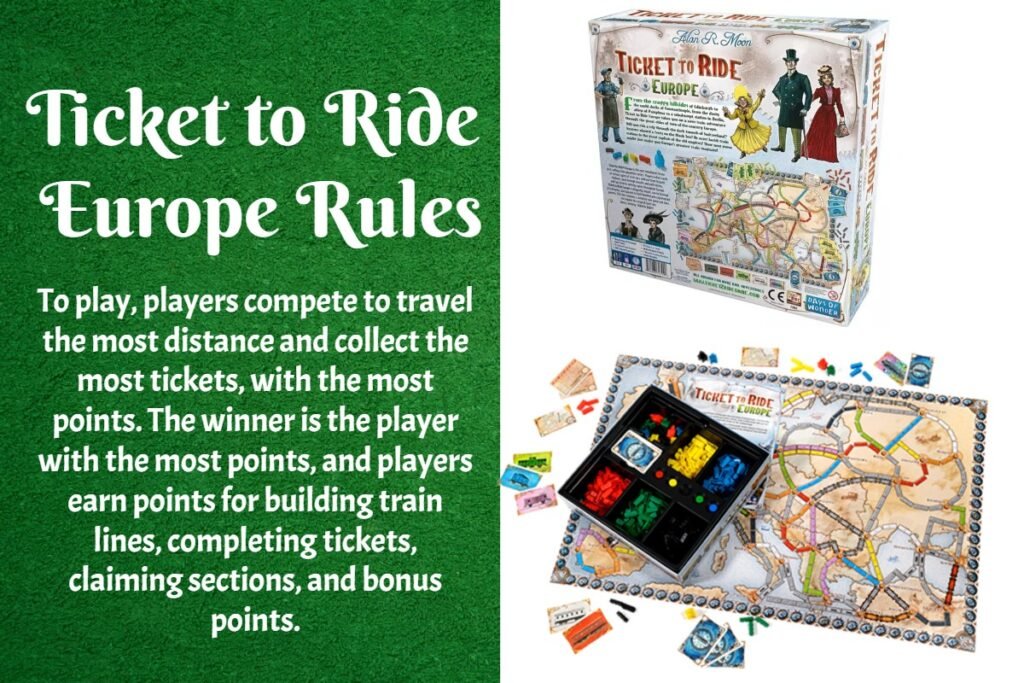Wingspan is a competitive game where players try to attract birds to their wildlife preserves. The Wingspan game is designed by Elizabeth Hargrave and published by Stonemaier Games. Each player takes on the role of a bird enthusiast – whether it be a researcher, bird watcher, ornithologist, or collector.
Each bird has a unique set of powerful combinations in one of the players’ habitats known as actions. To get more birds in a forest, players need eggs. To get eggs, players need a grassland habitat where they can make food by rolling special dice with pictures on them.

Wingspan Rules
Scoring
- The bird cards: You score points equal to the sum of the point values of your bird cards, which are shown on the bottom right corner of the cards.
- The eggs: You score one point for each egg that is on your bird cards.
- The food tokens: You score one point for each food token that is on your bird cards, as a result of some bird abilities.
- The tucked cards: You score one point for each tucked card that is under your bird cards, as a result of some bird abilities.
- The bonus cards: You score points based on the criteria of your bonus cards, which you drew at the beginning of the game and during the game. The bonus cards show different categories of birds that you
Setup
Before starting the Wingspan game, you will need to prepare the following components and wingspan game rules:
- The bird cards: Shuffle the bird cards and place them face down on the board. Reveal three cards and place them face up on the spaces above the deck. These are the bird tray cards that you can draw from during the game.
- The food tokens: Place the food tokens in a supply near the board. The food tokens represent the different types of food that birds eat: berries, fish, invertebrates, rodents, seeds, and wild (any type).
- The eggs: Place the eggs in a supply near the board. The eggs are used to play bird cards and score points. The eggs come in different colors, but they are all the same for gameplay purposes.
- The dice and the bird feeder: Place the dice in the bird feeder and shake it to roll them. The bird feeder is a special dice tower that looks like a birdhouse. The dice show the different types of food that are available in the bird feeder.
- The goal tiles: Shuffle the goal tiles and place them face down on the board. Reveal one tile per round and place it face up on the space above the round track. The goal tiles show the different objectives that you can score points for at the end of each round.
- The bonus cards: Shuffle the bonus cards and place them face down near the board. The bonus cards show the different criteria that you can score points for at the end of the game based on your bird cards.
- The player mats, action cubes, and score tokens: Each player chooses a color and takes the corresponding player mat, action cubes, and score token. The player mats show the three habitats where you can play your bird cards: forest, grassland, and wetland.
- The action cubes are used to mark the actions that you take on your player mat. The score tokens are used to track your points on the score track around the board.
- The first-player token: Give the first-player token to the player who saw a bird most recently. This player will start the game and take the first turn.
How To Play Wingspan

Wingspan Gameplay
The Wingspan game is played over four rounds, with each round consisting of a number of turns depending on the number of players. On your turn, you must take one of four actions: play a bird, gain food, lay eggs, or draw bird cards.
You can only take one action per turn, and you must place one of your action cubes on the leftmost exposed slot of the corresponding row on your player mat. Each action has a cost and a benefit, which are shown on the slots.
As you play more bird cards, you will cover some of the slots and change the costs and benefits of the actions. You will also activate the special abilities of some of the bird cards when you take an action.
Playing a Bird
To play a bird, you must pay the food cost and the egg cost of the bird card that you want to play. The food cost is shown on the top left corner of the bird card, and the egg cost is shown on the slot where you want to play the bird card.
You can play a bird card on any of the three habitats on your player mat, as long as the bird has the matching habitat icon on the bottom of the card. You must also play the bird card from left to right, filling the leftmost empty slot first.
To pay the food cost
You must spend the food tokens that match the symbols on the bird card. You can use a wild food token to pay for any type of food. You can also use any two food tokens to pay for one food of any type, unless the bird card has a specific food requirement. Some bird cards have special abilities that can help you pay the food cost, such as converting food or trading food.
To pay the egg cost
You must spend the eggs that are on your bird cards. You can take the eggs from any of your bird cards, regardless of the habitat. You must pay one egg to play a bird card on the second slot of a habitat, and two eggs to play a bird card on the third slot of a habitat. The first slot of each habitat does not require any eggs.
After you pay the food and egg costs, you can place the bird card on the slot that you chose and activate its special ability, if any. Some bird cards have abilities that trigger when you play them, such as gaining food, drawing cards, or scoring points.
Gaining Food
To gain food, you must take one or more food tokens from the bird feeder, depending on the benefit shown on the slot where you placed your action cube. You can take any food tokens that match the dice that are visible in the bird feeder. You can also take a wild food token if there are no dice that match the food that you want.
After you take the food tokens, you must activate the special abilities of the bird cards that are in the forest habitat on your player mat, from right to left. Some bird cards have abilities that trigger when you activate the forest habitat, such as gaining more food, trading food, or tucking cards.
If the bird feeder is empty or has only one type of food left after you take food, you must refill it by rolling all the dice and placing them back in the bird feeder.

Laying Eggs
To lay eggs, you must place one or more eggs on your bird cards, depending on the benefit shown on the slot where you placed your action cube. You can place the eggs on any of your bird cards, but you must respect the egg limit of each bird card, which is shown on the top right corner of the card. You can also use some of the eggs to pay for certain bird abilities, such as gaining food, drawing cards, or scoring points.
After you place the eggs, you must activate the special abilities of the bird cards that are in the grassland habitat on your player mat, from right to left. Some bird cards have abilities that trigger when you activate the grassland habitat, such as laying more eggs, trading eggs, or tucking cards.
Drawing Bird Cards
To draw bird cards, you must take one or more bird cards from the bird tray or the deck, depending on the benefit shown on the slot where you placed your action cube. You can take any of the three face-up bird cards from the bird tray, or you can take a face-down bird card from the deck. If you take a face-up bird card, you must replace it with a new face-up bird card from the deck.
After you draw the bird cards, you must activate the special abilities of the bird cards that are in the wetland habitat on your player mat, from right to left. Some bird cards have abilities that trigger when you activate the wetland habitat, such as drawing more cards, discarding cards, or scoring points.
End of the Round
The round ends when all players use all their action cubes. At the end of the round, you must score points for the goal tile that was revealed at the beginning of the round.
The goal tile shows a specific criterion that you must meet with your bird cards, such as having certain habitats, food types, nest types, or egg numbers.You must compare your bird cards with the other players and see who has the most, second most, and third most of the criterion.
The player with the most scores 4 points, the player with the second most scores 2 points, and the player with the third most scores 1 point. If there is a tie, the tied players score the average of the points they would have scored, rounded down.
After scoring points for the goal tile, you must move the round marker to the next space on the round track and reveal a new goal tile for the next round. You must also remove one of your action cubes from your player mat and return it to the supply. This means that you will have fewer actions in the next round.
The game continues with a new round, starting with the player who has the first-player token. The player who has the first-player token passes it to the player on their left at the end of each round.
Other Board Games
Discover more from Learning Board Games
Subscribe to get the latest posts sent to your email.




